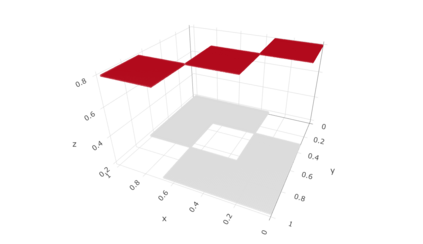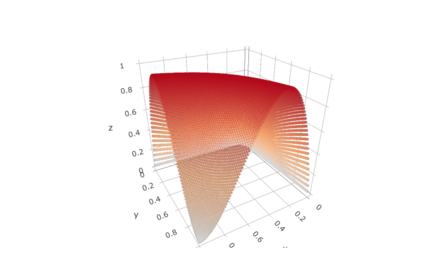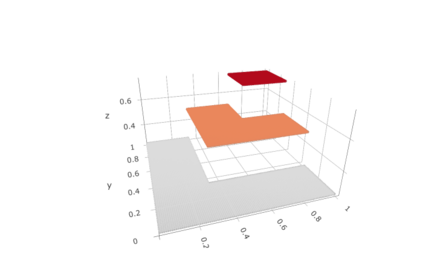The network interference model for causal inference places all experimental units at the vertices of an undirected exposure graph, such that treatment assigned to one unit may affect the outcome of another unit if and only if these two units are connected by an edge. This model has recently gained popularity as means of incorporating interference effects into the Neyman--Rubin potential outcomes framework; and several authors have considered estimation of various causal targets, including the direct and indirect effects of treatment. In this paper, we consider large-sample asymptotics for treatment effect estimation under network interference in a setting where the exposure graph is a random draw from a graphon. When targeting the direct effect, we show that -- in our setting -- popular estimators are considerably more accurate than existing results suggest, and provide a central limit theorem in terms of moments of the graphon. Meanwhile, when targeting the indirect effect, we leverage our generative assumptions to propose a consistent estimator in a setting where no other consistent estimators are currently available. We also show how our results can be used to conduct a practical assessment of the sensitivity of randomized study inference to potential interference effects. Overall, our results highlight the promise of random graph asymptotics in understanding the practicality and limits of causal inference under network interference.
翻译:因果推断的网络干扰模型将所有实验单位置于无定向暴露图的顶端,因此,如果而且只有在这两个单位通过边缘连接起来,一个单位的处理方法才会影响另一个单位的结果。这一模型最近作为将干扰效应纳入Neyman-Rubin潜在结果框架的手段而越来越受欢迎;还有几位作者考虑了各种因果关系目标的估计,包括治疗的直接和间接影响。在本文中,我们认为,在接触图是图解随机绘制的环境下,在网络干扰下,大量对治疗效果估计的抽样性反应可能影响到另一个单位的结果。在设定直接效果时,我们表明 -- -- 在设定目标时 -- -- 流行估计者比现有结果显示的要准确得多,并在图形的瞬间提供了核心限制。同时,在瞄准间接影响时,我们利用我们的基因化假设,在目前没有其他一致估计者的情况下,提出一致的估算标准。我们还表明,如何利用我们的结果对随机干涉网络的敏感性进行实际评估,以显示我们实际干涉的随机性研究结果显示,在实际影响中,在随机性网络中,将随机性判断对潜在影响的影响。







